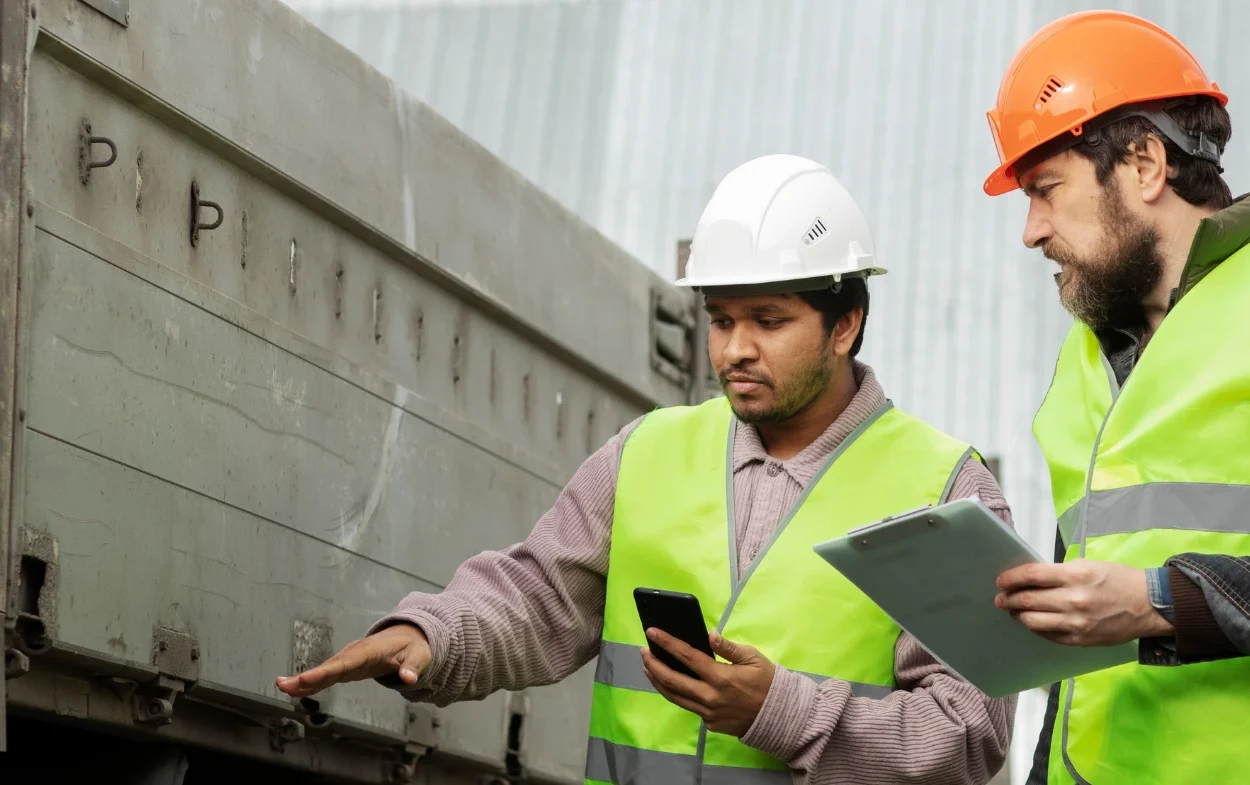Intermodal transport is gaining momentum as a practical solution for enhancing the efficiency of logistics, particularly with sustainability at the forefront. This approach utilizes a blend of transportation methods, including maritime, rail, and road, to optimize the shipping process while minimizing environmental impact. With a fresh perspective on logistics, let’s dive into what this shift entails and its far-reaching effects.
Understanding Intermodal Transport
At its core, intermodal transport involves the seamless movement of goods using various transportation modes without the need for unpacking the cargo from its original container. Imagine a shipping container that journeys from a manufacturing facility overseas, traveling by cargo ship to a port, shifting to a freight train, and finally arriving at its destination via a truck—all without ever being opened. This system reduces handling, decreases damage risk, and enhances efficiency throughout the shipping process.
So, why is intermodal transport attracting attention now? The answer lies primarily in its commitment to sustainability. This method allows for greater use of fuel-efficient transportation options, especially for the longest distances, thus reducing highway congestion, emissions, and overall carbon footprints. In a world that craves efficient logistics coupled with environmental consciousness, intermodal transport emerges as a smart, eco-friendly alternative.
Shifting Paradigms in Logistics
Reflecting on logistics practices from decades past, goods were typically transported directly by trucks from warehouses to retail outlets or consumer homes. While convenient, this method often proved inefficient, plagued by traffic congestion and empty miles driven, which led to higher fuel costs and environmental repercussions. As fuel prices rise, regulations tighten, and demand for sustainable practices burgeons, businesses are reevaluating their logistics strategies.
Intermodal transport offers numerous advantages, including:
Reduced emissions
Lower fuel costs
Avoidance of congested routes
Increased capacity for quicker movement
All while maintaining reasonable delivery timelines.
Intermodal vs. Traditional Freight: A Clear Comparison
When dissecting the differences between traditional freight transport and intermodal systems, it becomes clear how intermodal solutions provide a competitive edge:
기능 |
Traditional Freight |
복합 운송 |
Mode of transport |
Primarily trucks |
Combination of truck, train, and ship |
Fuel efficiency |
낮음 |
High (trains use less fuel per ton) |
Damage risk |
Higher (more handling involved) |
Lower (single container usage) |
Cost efficiency over distance |
Higher costs |
Lower costs |
Environmental impact |
Higher impact |
Significantly lower impact |
By leveraging the strengths of each transport method, intermodal solutions facilitate smoother, faster, and more efficient logistics operations.
Enhancing Last-Mile Delivery
The term “last-mile delivery” often refers to the final stage of a package reaching its destination, a stage frequently dubbed the least efficient in freight transport. This is where intermodal transport makes a significant contribution. While long-haul journeys may utilize trains or ships, trucks focus on short-range deliveries where they operate at peak efficiency.
This model supports:
Reduced delivery durations
Avoiding urban delays
Cost stability
Meeting tight delivery deadlines
That new gadget ordered online? It likely traveled on a train before hopping onto a truck just in time for delivery.
The Importance of a Ground Logistics Network
For effective intermodal transport, a robust ground logistics network is crucial. This involves coordination among warehouses, distribution hubs, advanced tracking systems, and trained personnel who ensure efficiency. Key elements of a successful logistics network include:
Coordination of transport modes
Seamless transitions between modes
Real-time monitoring
Handling unpredictability, like weather
Without such an intricate network, intermodal strategies would falter, highlighting its role as the linchpin in today’s logistics framework.
Continued Relevance of Road Freight Solutions
Despite the growing emphasis on alternative transport modes, road freight remains integral. Trucks are fundamental, particularly in areas lacking rail infrastructure or ports. They deliver flexibility and speed for short hauls, especially when demand swells.
The evolving approach involves:
Focusing on shorter hauls
Connecting warehouses to customers’ doorsteps
Bridging ports and rail terminals with distribution centers
This strategic shift minimizes fuel consumption and mitigates traffic challenges, creating a more sustainable future for logistics.
결론 결론: 물류의 미래
Intermodal transport represents a paradigm shift toward smarter, more eco-friendly logistics that balances speed and sustainability. Embracing intermodal strategies is vital for businesses aiming to reduce their carbon footprints while maintaining competitive edges in today’s market.
Choosing a reliable logistics partner that applies such advanced strategies can further enhance operational efficiency. GetTransport.com simplifies logistics by offering accessible, cost-effective solutions for cargo transportation, encompassing everything from office relocations to bulky freight deliveries. With transparency and versatility at its core, GetTransport.com stands out as the go-to for logistics needs.
As intermodal transport shapes the future of logistics, businesses can benefit from GetTransport.com’s commitment to providing efficient and affordable transportation solutions that meet diverse cargo needs effectively. For your next shipment, consider the advantages and reliability of GetTransport.com. Start planning your delivery today and discover the ease of logistics management.
GetTransport.com
 지속 가능한 물류에서 복합 운송의 부상">
지속 가능한 물류에서 복합 운송의 부상">